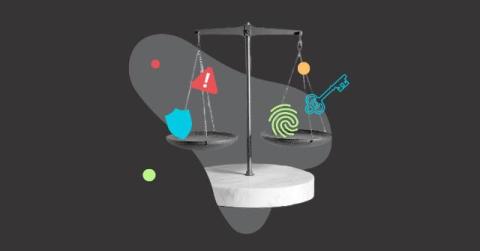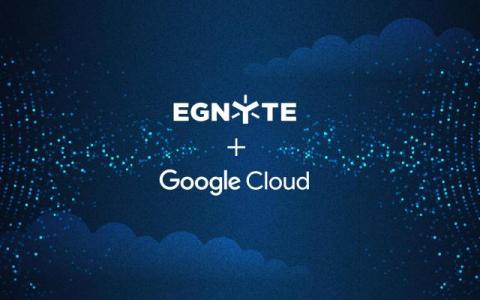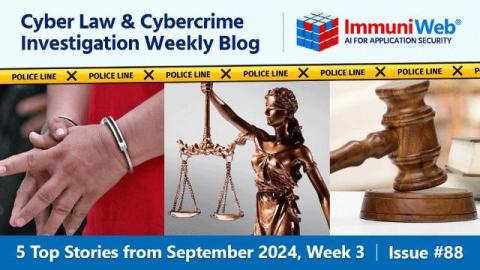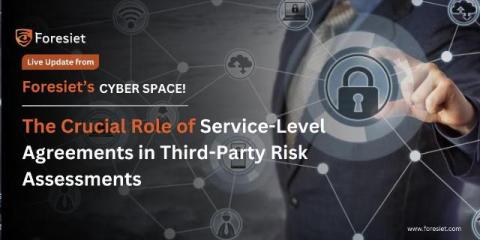Secure your Elastic Cloud account with multifactor authentication (MFA)
In an era where cyber threats are constantly evolving, protecting your identity and data from unauthorized access is more critical than ever. That's why we're excited to bring you the enhanced multifactor authentication (MFA) for Elastic Cloud. This feature significantly strengthens the security of your Elastic Cloud user and deployment data by aligning with industry best practices. You can go to Elastic Cloud and complete your MFA setup today.











